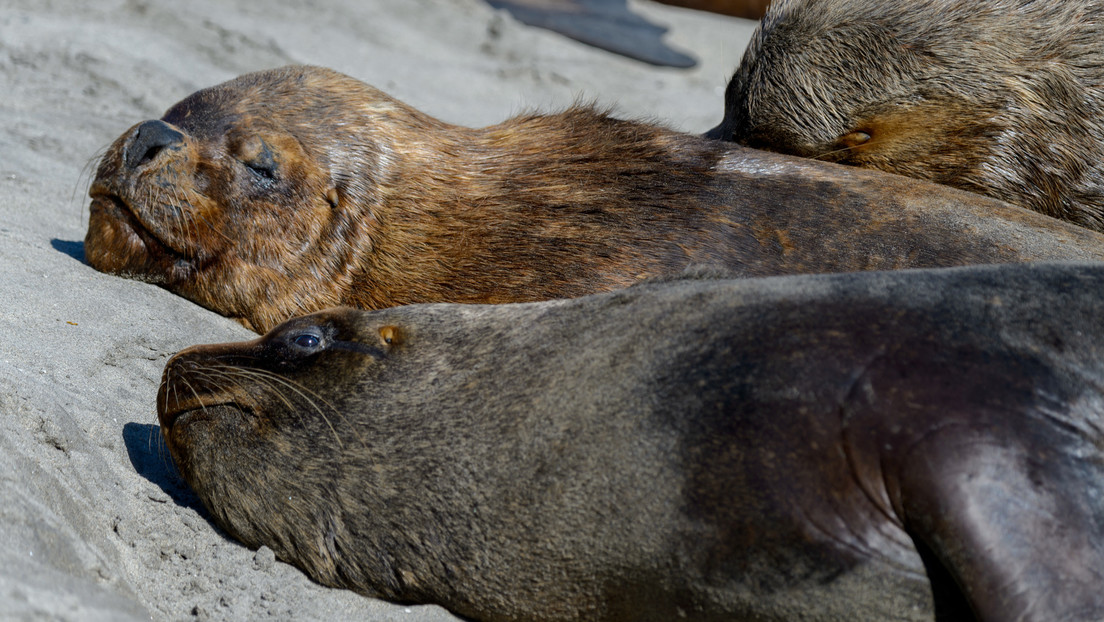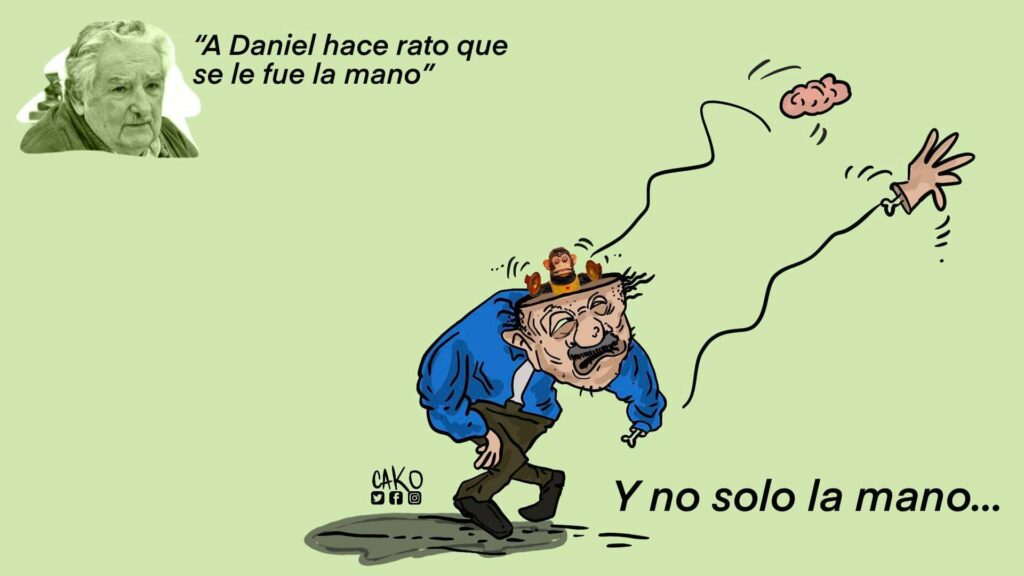Thermometers in Argentina broke heat and cold records for a month of February in just five days, in which temperatures dropped 30 degrees Celsius and caused historic snowfall, reported the National Meteorological Service (SMN).
Source: AFP
This Thursday, due to the entry of a cold air mass from Patagonia, Buenos Aires residents went from 38.1 degrees Celsius the previous Sunday to only 7.9, a record since 1951. The absolute record was recorded in 1910, with 4.2 degrees Celsius.
Less than a week ago the country was stifled by an eighth wave of summer heat, unprecedented in more than six decades, which brought temperatures to almost 40 degrees in the center and north of the country.
Sierra de la Ventana, a chain of low mountains (250 meters above sea level), 560 kilometers west of Buenos Aires, woke up this Friday with its snow-capped peaks for the first time since there are records and -4 degrees Celsius in the town of the same name, local media said.
It may interest: A survivor is rescued 278 hours after the earthquake in Turkey
The current mass of cold air originated in polar latitudes, ascended through the Pacific, crossed the Andes mountain range from Chile and entered central Argentina with force and winds, meteorologist Christian Garavaglia explained to AFP.
in five days, the streets of Buenos Aires went from the typical summer panorama of passers-by overwhelmed by the heat to an autumnal gray of coats, jackets and umbrella to be covered by isolated drizzles.
Also records were recorded since 1961 for February in Maquinchao, Río Negro, south of the country (-4.2 degrees Celsius); Malargüe, Mendoza, west (-1.6); Venado Tuerto, Santa Fe (4), center; and Gualeguaychú, Entre Ríos (6), east.
“More than climate change, in this meteorological event the influence of the La Niña cycle of the El Niño Phenomenon (ENSO) is evident, which explains the extreme variability from hot to cold,” said Garavaglia.
Also read: The crazy story of the Blackberry phone causes first laughs at the Berlinale
In Southamerica, La Niña is directly related to the dryness of the air and soil, “which makes the thermal amplitudes more extreme”, unlike El Niño, “when the region is more humid and tends to moderate these amplitudes”, added the meteorologist.


















